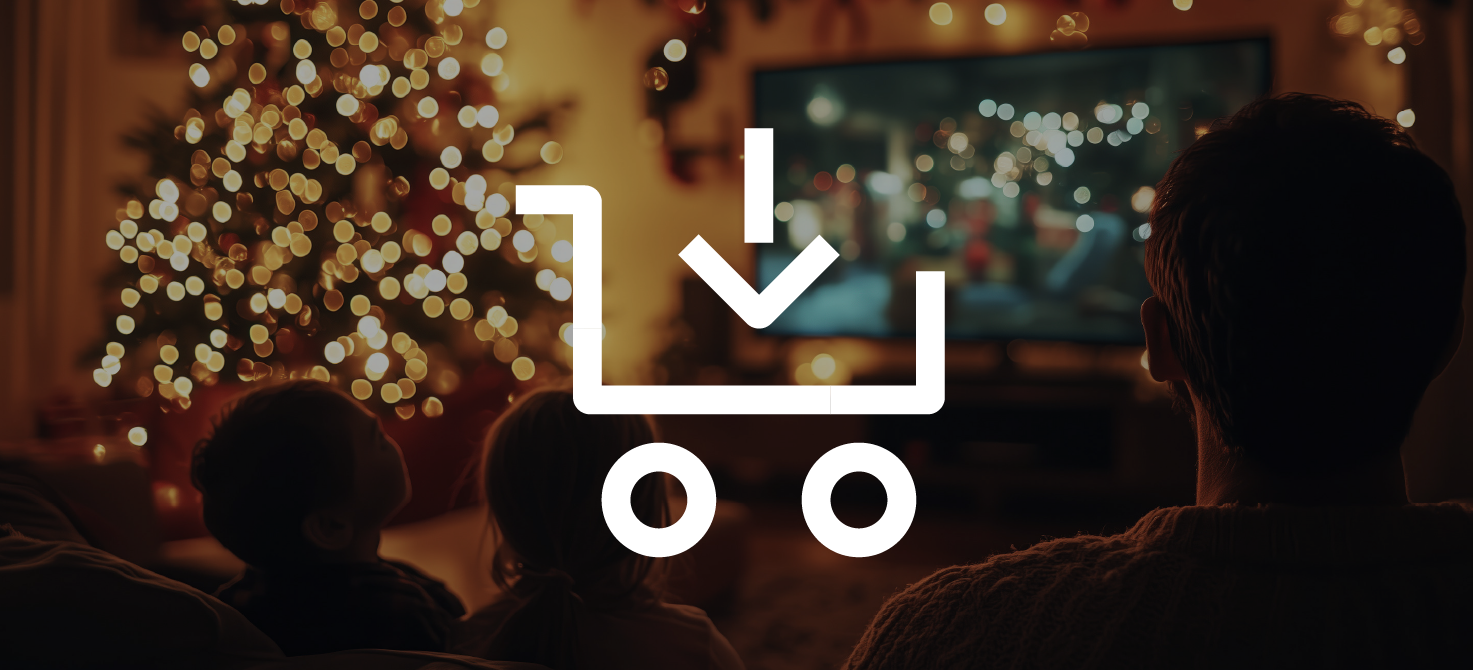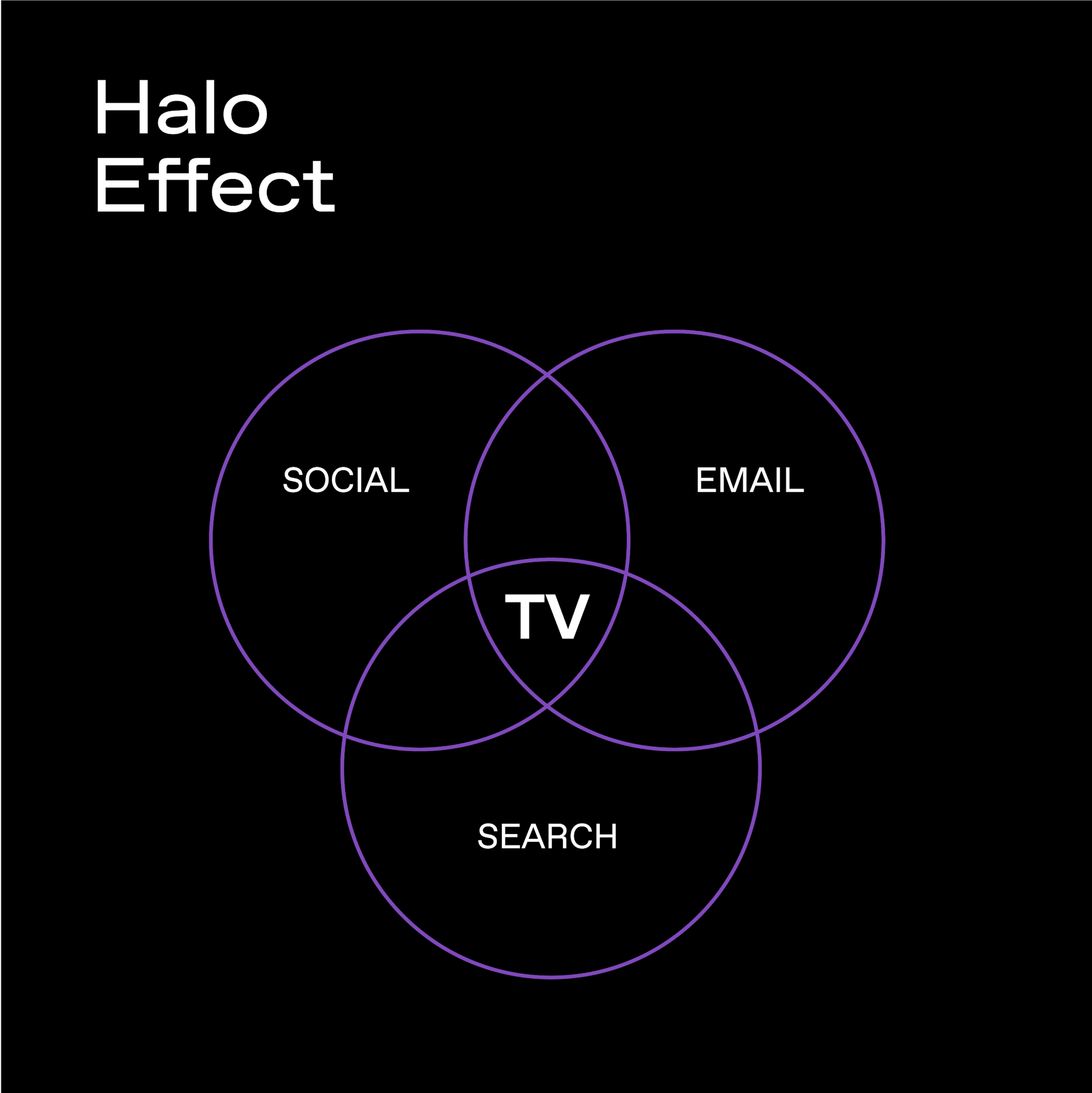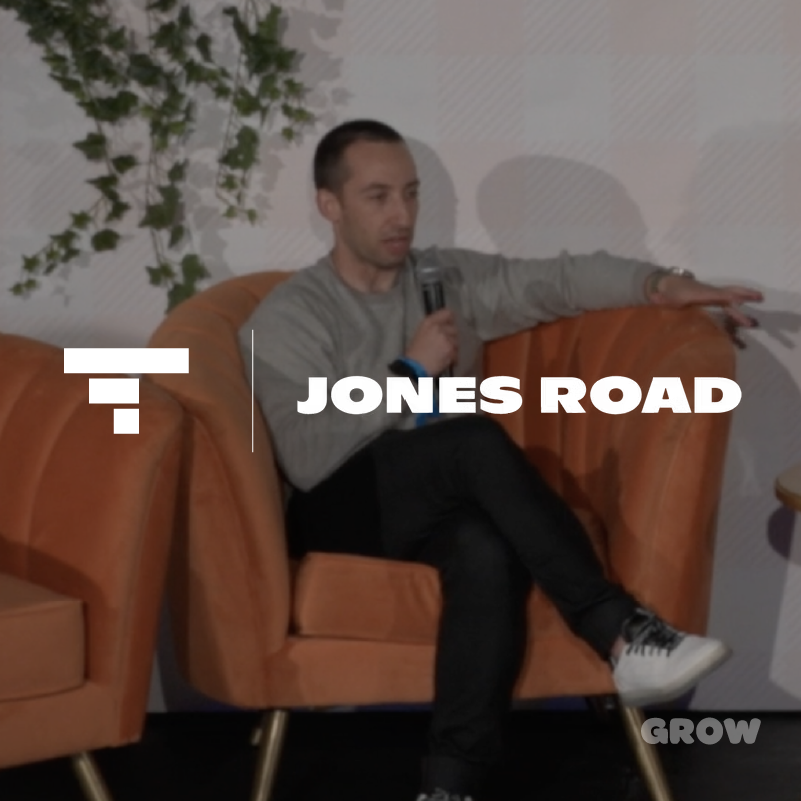
65 Advertisers Share How They’re Planning for Black Friday with Lessons for Brands to Win the Holidays
A version of this was originally featured on Adweek.
With tariffs, inflation, and shifting consumer confidence weighing on spending, retail forecasts suggest a slower holiday season compared to previous years. Still, Black Friday is expected to outperform broader e-commerce trends, with early November sales events once again pulling consumer dollars forward and setting up Q4 2025 as a critical season for marketers.
For advertisers, the focus is squarely on efficiency and scale. Every channel needs to work harder in a crowded, deal-driven environment, and for many marketers, TV remains a key lever for delivering both reach and the ability to stand out when it matters most.
We asked marketers to share how they are gearing up for the most competitive shopping window of the year. Here’s what we unwrapped from 65 brands including Calm, Ariat, Saatva, Fabeltics, Breeo, and more, plus take-aways you can apply to your holiday strategy.
Holiday Ad Budgets Are Rising, So Is the Competition
When it comes to TV ad spend, we’re seeing an upward trend in budgets for the Black Friday Cyber Monday (BFCM) period compared to 2024.
The data suggests a strategic push by brands to capture consumer attention during the peak retail period through the power of television advertising, but it is important not to spend your budget all at once. Instead, gradually increase spend as you approach peak periods.
Lesson: Timing is Everything
With more brands increasing their TV budgets for the holidays, competition for inventory is intensifying. Advertisers that build spend gradually toward peak BFCM moments, rather than front-loading or waiting until the last minute, tend to see stronger clearance and efficiency. The most effective marketers use historical data to identify when demand and performance spike, then pace their buys to match those windows, just look at how the apparel brand, Knix, was able to drive higher conversions when they increased their TV budgets ahead of the BFCM holiday.
Linear Outpaces, Streaming Sustains
A significant majority (72%) of respondents plan to include linear TV in their BFCM TV buys. Despite the continued growth of streaming, linear TV remains a prominent channel for holiday advertising given that big tent-pole holiday programs like sports and holiday specials have become seasonal staples.
Interestingly, only a little more than half of marketers (57%) plan to use streaming TV as part of their holiday TV campaigns this season. We all know streaming continues to grow, but as the Nielsen Gauge demonstrates, there’s still a roughly 50/50 split in viewership, proving that linear TV continues to deliver strong value, especially in Q4 when programming attracts some of the year’s largest TV audiences.
Lesson: Streaming and Linear Work Better Together
Of those who cited they are doing both, almost half (49%) said they will use a combination of linear and streaming for their holiday plans. Linear and streaming aren’t competing channels, they’re complementary forces that can amplify each other when used strategically. Linear still delivers unmatched reach, especially during the holidays, but premium placements can go quickly. Many marketers have locked in those high-impact spots months ago, while keeping a portion of their budgets flexible to capitalize on last-minute “fire sales” that can stretch reach even further. Combining linear and streaming as complementary channels is a proven way to ensure reach and scale during the highly competitive holiday season, made more evident by cookware brand, Made In, who saw 4.5x increase in conversions by implementing a full-funnel TV strategy in Q4.
Holiday Ad Costs Consistent Yet Flexible
The data reveals a mixed approach to TV advertising cost thresholds for the upcoming BFCM season. A significant portion of respondents (42%) indicated that their target Cost Per Acquisition (CPA) and/or Cost Per Thousand (CPM) thresholds for TV advertising will remain unchanged compared to other times of the year.
The data suggests a steady approach for many advertisers. However, a nearly equal number (38%) are adjusting their thresholds for the BFCM period, indicating a dynamic approach to optimize their ad spend during this crucial sales period.
Lesson: Spend Strategically to Maximize Conversions
TV advertisers who run BFCM spots typically see a healthy boost in conversion rates when compared to a typical week; 42% increase for Black Friday week as compared to a typical week according to our Tatari client data. This means that not only are valuable impressions being served to their target audience during this highly competitive time, but that the audience is significantly more likely to take action and engage, validating the bigger spend this time of the year.
Even with higher CPMs during the holidays, brands can still find cost-efficiency if they plan smartly. Leaning into a larger spend often unlocks better inventory access and stronger performance. Protect your most valuable placements with non-preemptible buys to avoid getting bumped during peak demand. And remember that seasonal lifts in conversion rates can help balance out rising media costs, keeping your overall ROI in check.
Holiday Sales Go Digital
The in-store rush of Black Friday is largely a thing of the past. Shoppers are buying from home, with e-commerce sales projected to grow 4.2% compared to brick-and-mortar. Tatari data shows that 58% of brands are directing TV viewers to their websites to make purchases, a clear signal that TV has become a performance driver as much as an awareness tool.
Lesson: Connect TV to the Point of Sale
With holiday shopping preferences shifting to online and websites serving as the primary path to holiday sales for the majority of marketers, TV is no longer confined to brand awareness. It’s a multi-faceted advertising medium that can drive measurable outcomes like website traffic and sales. One of the most cost-efficient, low-risk ways to capitalize on this trend is by retargeting website visitors on TV to re-engage the audiences digital channels are already driving to your website.
Creative Repurpose, Not Reinvention, Defines the Season
According to our survey, a majority of TV advertisers plan to repurpose existing creative this holiday, with some repurposing their favorite creatives, and others re-using older holiday creatives. Only a quarter of marketers (26%) will be producing net-new holiday creative this year.
Lesson: Rely On What’s Worked
These findings are great news for anyone short on time or budget and helps confirm that repurposing existing creative isn’t just common, it’s proven to be effective. Start by revisiting past campaigns that performed well and bring them back with fresh relevance. Then, keep testing variations of different offers, visuals, and messaging styles to see what resonates most and continually optimize for stronger performance.
As the holiday season heats up, TV remains one of the most effective ways to reach shoppers, especially during BFCM. As the survey reveals, marketers are planning strategically, pacing spend, targeting key audiences, and balancing scale with efficiency. Following their lead can help your TV campaigns stand out in the crowd and drive holiday sales when it counts.
About Tatari
Tatari is building the infrastructure to modernize TV advertising for Brands, Agencies and Publishers. Clients include Calm, Tecovas and Chime. Tatari has been recognized by Business Insider as one of the Hottest Ad Tech Companies, Most Innovative TV ad tech by AdExchanger, Best CTV ad platform by Digiday and Best CTV AdTech Platform by MarTech Breakthrough. Tatari is headquartered in San Francisco with offices in Los Angeles and New York. For additional information, please visit tatari.tv.

Paul Hutchison
I am a Client Services Director at Tatari. Outside of work you can find me at the movies or watching my favorite sports (go Bills!)
Related
Why Retargeting Might Be TV’s Smartest Entry Point
CTV is transforming traditional retargeting by combining the engagement of TV advertising with the precision of digital targeting, offering brands a low-risk, high-impact way to drive conversions and test a powerful new performance channel.
Read more
TV's Powerful Halo Effect: What It Is, How Tatari Measures It, and How You Can Harness It
Think Instagram is driving all your sales? Think again. Tatari data shows that TV ads quietly supercharge every other channel—boosting conversions on social, email, and beyond by over 50%. See how we help brands measure TV's full halo effect.
Read more
Watch: Why Jones Road Added TV to the Mix (and Never Looked Back)
Watch our GROW NY session with Jones Road Beauty to learn how they started with TV to drive growth and boost performance.
Read more


